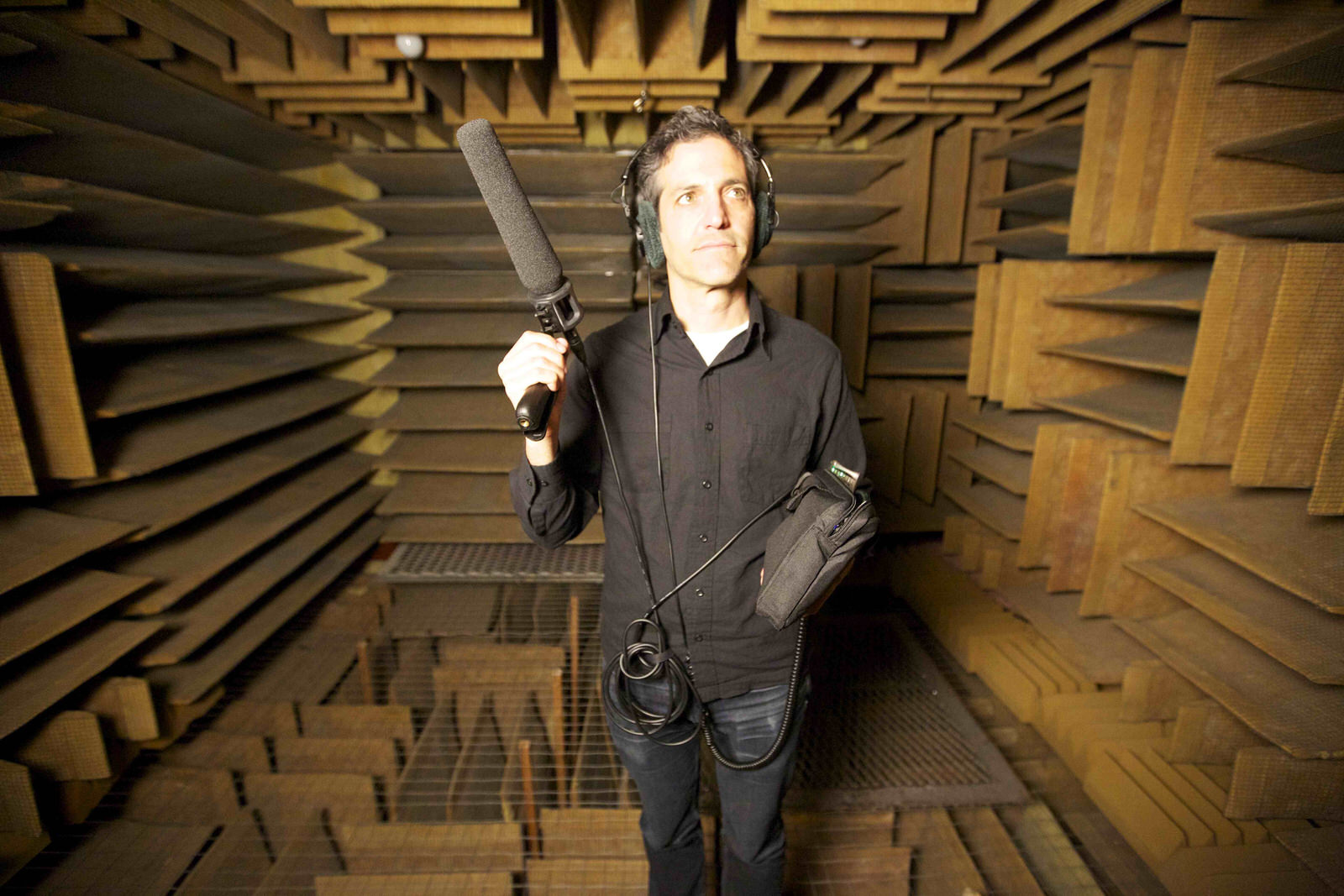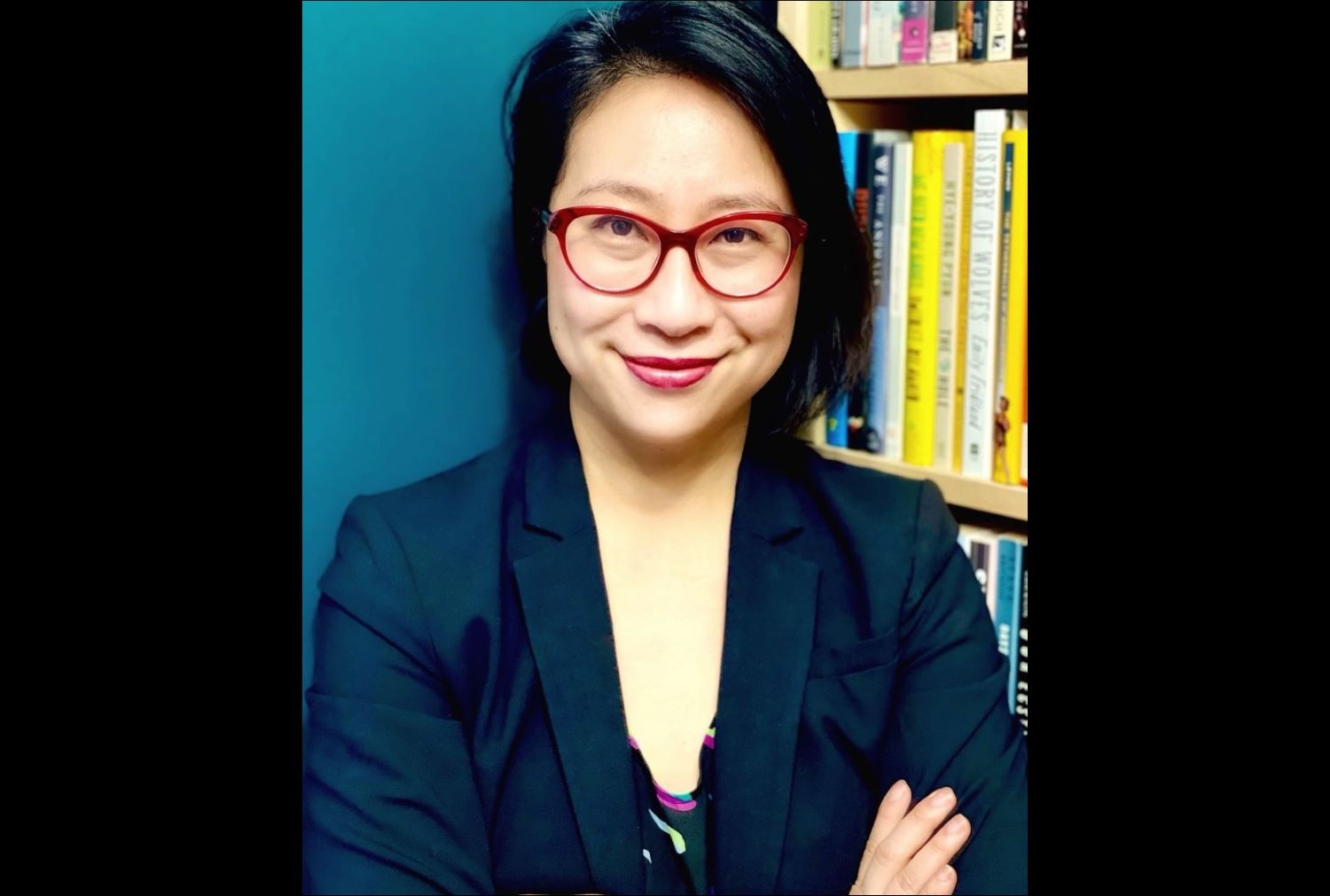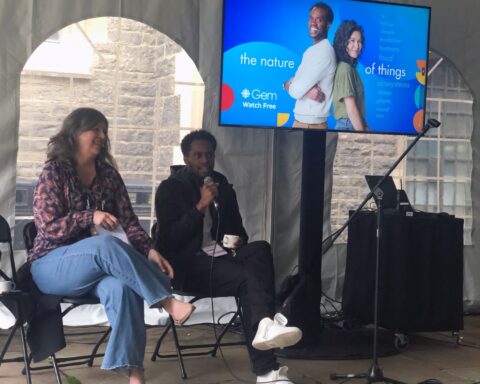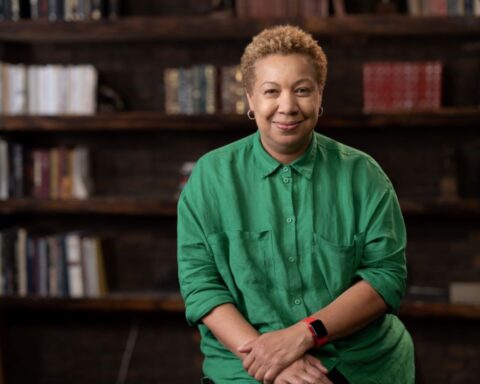“The film really teaches us how we hold both good and bad things in life,” says American Symphony producer Lauren Domino. “We hold the balance of how, in great grief, there’s joy.”
The documentary offers an appropriately symphonic portrait of Oscar-winning musician Jon Batiste as he embarks on an ambitious musical quest. Director Matthew Heineman (City of Ghosts) observes as Batiste composes a contemporary symphony. Batiste plans to harness the sounds of musicians worldwide with a collision of cultures in each movement. American Symphony, which is one of fifteen docs on the Oscar shortlist and is emerging as a frontrunner in an open race, chronicles a tumultuous period for Batiste, though. During the production, he scores a whopping upset at the Grammys and nets five awards in one night, including Album of the Year. At the same time, his wife, writer Suleika Jaouad, sees a rare form of leukemia return after years in remission. The prospect of losing his life partner puts his new project into perspective.
American Symphony, which is now streaming on Netflix, was produced independently but caught the attention of Barack and Michelle Obama’s Higher Ground Productions after premiering at Telluride last fall. Domino says that having the support of the former President and First Lady is a dream, especially for harnessing Jaouad’s storyline to raise awareness for the need for more bone marrow donations from People of Colour. This story also elevates the stakes for the music doc. The bittersweet period sees Batiste push himself artistically by channelling this roller-coaster of emotions into his music.
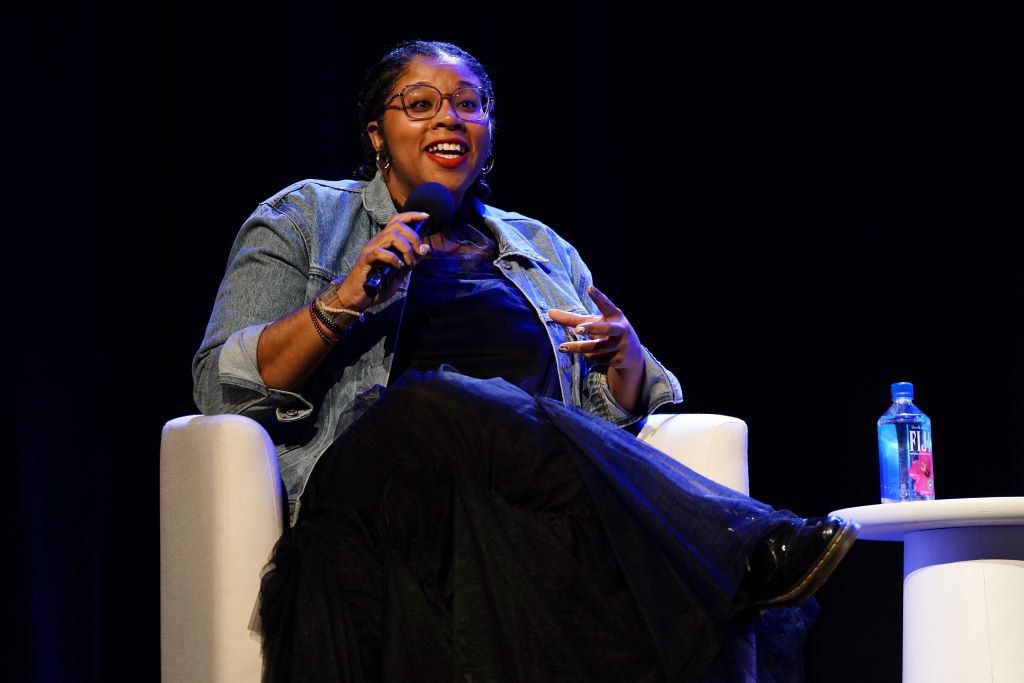
Getting Through Hard Times
Domino, speaking with POV via Zoom, says the project began after Batiste scored Heineman’s COVID-19 doc The First Wave. The producer notes that American Symphony arose when Batiste wanted to create a work that spoke to this period. However, she says the story inevitably shifted following Jaouad’s diagnosis, but that made the project resonate more strongly.
“I came on board a few months into production. What drew me to telling Jon’s story was that I’d taken a break from working in film,” explains Domino, whose credits include the Oscar-nominated Time (2020). After the long production of Time, which chronicles Fox Rich’s 18-year-fight to free her husband from prison, and the collective trauma caused by the pandemic, Domino says she was ready to quit film and work at Whole Foods while focusing on her mental health. “I was like, ‘I don’t know if I’ll ever work on another movie again, or if my life’s just pivoting to something a little bit slower,” explains Domino.
However, when she got the call to join Heineman’s project, Domino says she recognized in American Symphony the many emotions she was navigating via meditation and crystals. “This film took me out of that place and allowed me to see that we’re in a dance with both grief and joy constantly,” says Domino. “The only way that we can get through hard times is to access joy. Hard times in the midst of joy keep us grounded. It’s like, ‘This is life,’ and working on this film helped teach me that.”
On Legacy and Celebrity
Domino notes additional serendipity about the project’s timing, since her uncle, late jazz musician Kidd Jordon, was among Batiste’s first teachers. “They’ve touched my life. They’ve also touched this person’s life,” says Domino. “Jon’s work is touching so many people and transforming the way that they see life in the world. If I could play a small part in sharing that this is how ancestral legacy moves on, I couldn’t say no.” Domino says she packed up her crystals and left Santa Fe for New York to join Heineman on the doc.
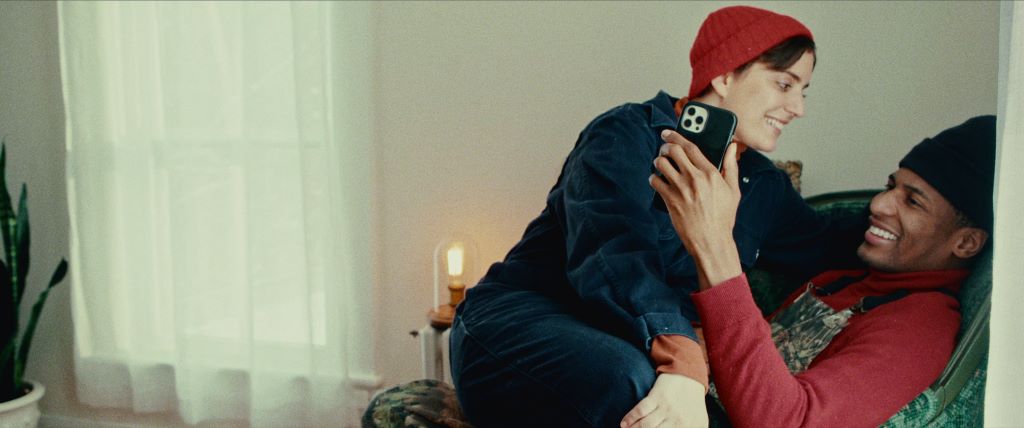
American Symphony represents an epic task. With cameras capturing Batiste, Jaouad, and the musicians from all angles, the production draws from over 1500 hours of footage. Distilling that much material into a feature draws from the balance of art and life that Domino tapped into beforehand.
Moreover, the vulnerability that Batiste shows as Jaouad fights for her life ensures that no egos guide American Symphony. While the film is among a growing field of docs featuring an A-list star (Batiste also serves as executive producer), Domino says she ultimately doesn’t approach a story any differently if it follows a familiar name or an unknown. “I approach everything from the lens of humanity,” notes Domino. The producer says she and Heineman simply looked at Batiste’s life outside the frame of celebrity to see story beats to which audiences could relate. “So many of our lives have been touched by cancer, or we’re dealing with anxiety, or we’re trying to rise to the occasion of a demanding workload,” she notes. “What interests me is how our specific problems are actually universal and the specificity makes things universal when you really glance at it.”
Creating Harmony
The producer adds that there was no way to tell the story of Batiste’s symphony without giving Jaouad a fair storyline. American Symphony evolves into a two-pronged biography as Batiste and Jaouad get their respective, yet complementary, arcs. The storylines culminate with Batiste’s symphony, Jaouad’s treatment, and the next chapter that awaits them as the euphoric symphony invites an optimistic ending.
“‘What does it make you feel?’ is a question I’m constantly asking in the edit space,” explains Domino. “As we go through these hours and hours of footage, I would be looking for the moments that are really hitting you in the stomach, making you think about things in your own life, and rising up to the surface of your own consciousness. That’s the great thing about music, which we wanted to encapsulate: When you hear a song and it hits you, it’s operating on all these different frequencies. You’re listening to the music, you’re listening to the lyrics, but you’re also in time travel connecting to a moment from your past.”
Domino observes that finding the heart of the film entailed connecting the emotional tenor of Batiste’s music with the love story that American Symphony depicts in the scenes with Jaouad. Immersing herself amid the rushes, Domino says that she and her team could see the underlying story that brings the bigger picture. “A lot of times, something great happens when you become really small and you listen to the story that’s unfolding,” she says. “There’s directing and there’s producing, but a big part of both of those roles is asking, ‘What is this story telling me it wants to be?’”
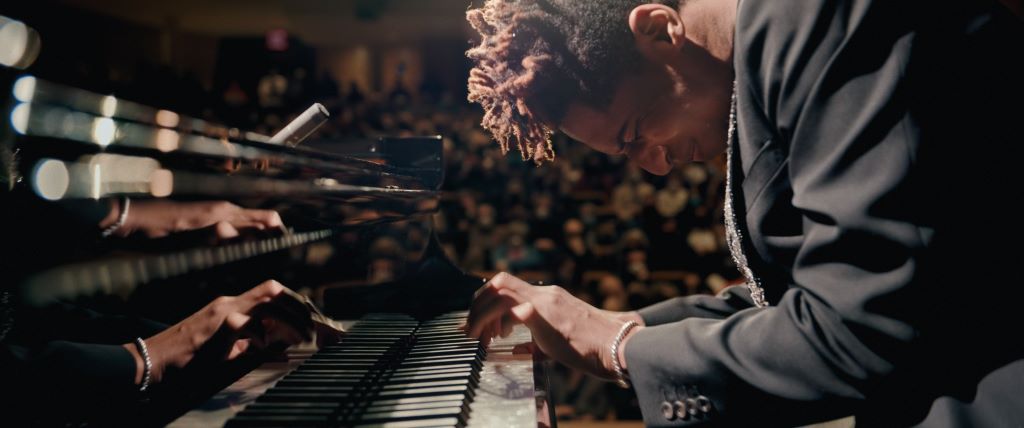
Finding Gold
American Symphony, moreover, climaxes with a scene that’s every producer’s dream and nightmare. The showpiece of the doc is Batiste’s symphony. 13 cameras capture the performance at Carnegie Hall, which evokes poetry in motion as the cameras glide around the stage. The symphony envelopes the auditorium—until the power to the stage cuts out. Domino admits that she and producer Joedan Okum watched in horror as Batiste and his musicians, who make heavy use of electronic music, tapped keys in vain.
“My blood pressure ran up. I was like, ‘This is a nightmare. It can’t be real life,’” she says. “It felt surreal because the lights were still on, but there was no power on the stage. We had one night only to film this symphony that’s pushing forward the idea of what canon is and what a symphony is.”
In that moment, though, American Symphony finds documentary gold. Batiste collects himself amid the frustration. He summons the keys of his piano. The music swells as his ingenuity soars. Domino says the moment came together by trusting her team to find the positive.
“Matt is used to being in war zones. He was like, ‘This is such a great moment.’ I was like, ‘This is what the occasion is bringing to me, and I’m answering its call to be in this moment,’” reflects Domino. “But for me as a producer, I was in such a state of anxiety. I didn’t see the brilliance in that moment until we had all of the cameras synced and you could watch the footage weeks later. The foundation of documentary is trust, and sometimes things that seem like a nightmare are actually what the moment is calling for. You just have to trust the unfolding.”








